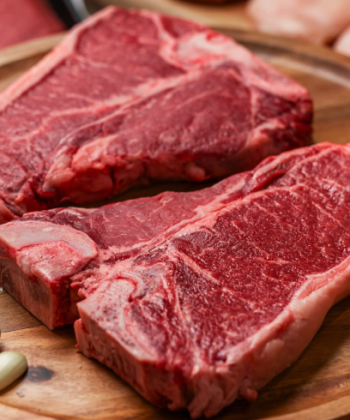
In the competitive dining world, you must stand out if you want to succeed. The best way to ensure your restaurant’s success is effective marketing. Whether you are a food fusion restaurant or an already thriving business looking to expand, the right marketing strategy can be very beneficial.
This blog post will give you the five best marketing tips to add to your restaurant marketing strategy. By following these tips, you can level up your strategy and take your restaurant business to new heights.
1. Develop a Strong Brand Identity
Your restaurant’s brand encompasses the personality and emotions you want to convey to your customers. To develop a strong brand identity, do comprehensive market research, understand your target audience (are you targeting families or university students?), and identify your Unique Selling Proposition (USP), such as a signature dish or using local ingredients.
Create a compelling logo that’s the face of your brand and cultivate a brand Personality and voice. Think about successful restaurant chains; for example, Taco Bell is known for humor and wit, while Olive Garden emphasizes family and comfort. A strong brand identity sets you apart from the competition. It builds credibility and trust with your audience and helps you attract new customers.
2. Leverage Social Media
Learning how to use social media to advertise your restaurant successfully can lead to a much greater reach for your business. Creating compelling and shareable content on Social media platforms like Facebook and Instagram should be your primary focus. The more your content is shared, the bigger your reach becomes. For example, your content could include behind-the-scenes videos of your chef preparing a signature dish.
You can also reach out to local food bloggers and social media influencers. This approach is incredibly revolutionary when figuring out how to market a food product. These influences have a huge number of followers who trust their opinions, and reaching out to them is an effective way to connect with potential customers.
3. Optimize Your Menu Design
Your menu is more than a list of the meals you serve; it’s also a powerful marketing tool. The menu is a key point of contact with customers. Customers usually spend two minutes looking at your menu before placing an order, which is your gateway to create a good impression. You can use eye-catching colors, fonts, and images to draw attention to your signature dishes. Continue updating your menu design and position your dishes strategically so your customers will always have something new and exciting to look forward to.
4. Create a Personalized Website
Since most web traffic comes from mobile phones, most businesses focus on creating a mobile-friendly website. However, engaging users on mobile is challenging, as there are numerous distractions.
Consider developing a personalized website, as it helps increase conversions, boost sales, and improve user experience. A personalized website will give you an edge over your competitors since the industry has become extremely competitive. For example, Amazon recommends its products to users based on their browsing behavior and purchase history. This is how recommendations reflect the special interests of every visitor.
5. Monitor and Analyze Your Marketing Efforts
Keep track of which marketing strategies are working best for your restaurant. Use tools like Google Analytics to help you monitor website traffic and social media insights to track engagement. Calculate the ROI (return on investment) concerning your marketing efforts to ensure you’re getting value for your money.
If your marketing efforts aren’t working as intended (you aren’t meeting your ROI goals, engagement is dropping, and competitors are doing better), then a new approach can be better in the long run.
Endnote
You must keep in mind that restaurant marketing is an ongoing and evolving process. You must keep an eye on the current trends in restaurant marketing and adapt to them. By using these tips and providing great food and service to your customers, you can stay on top of your game in the competitive restaurant industry.


